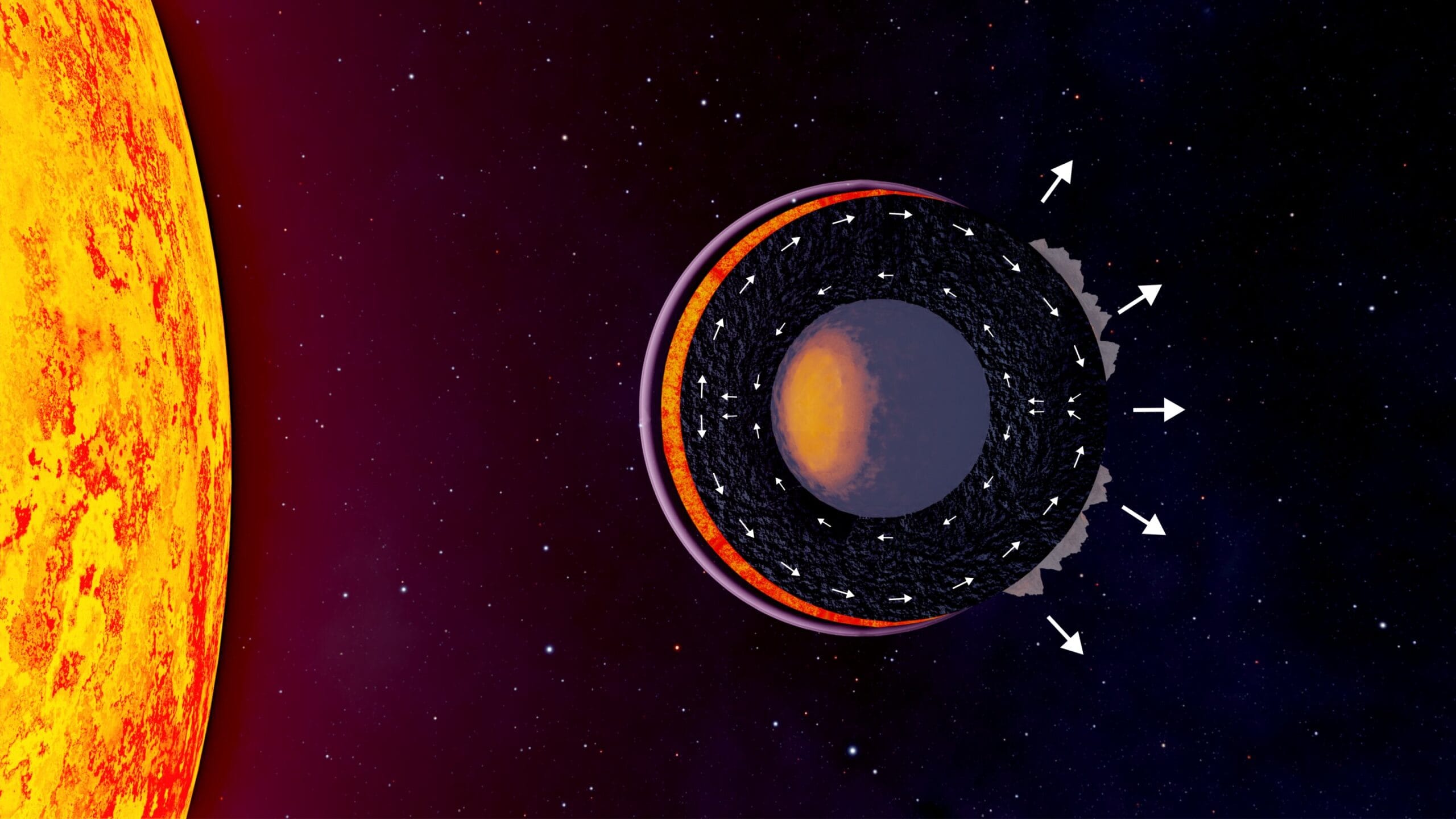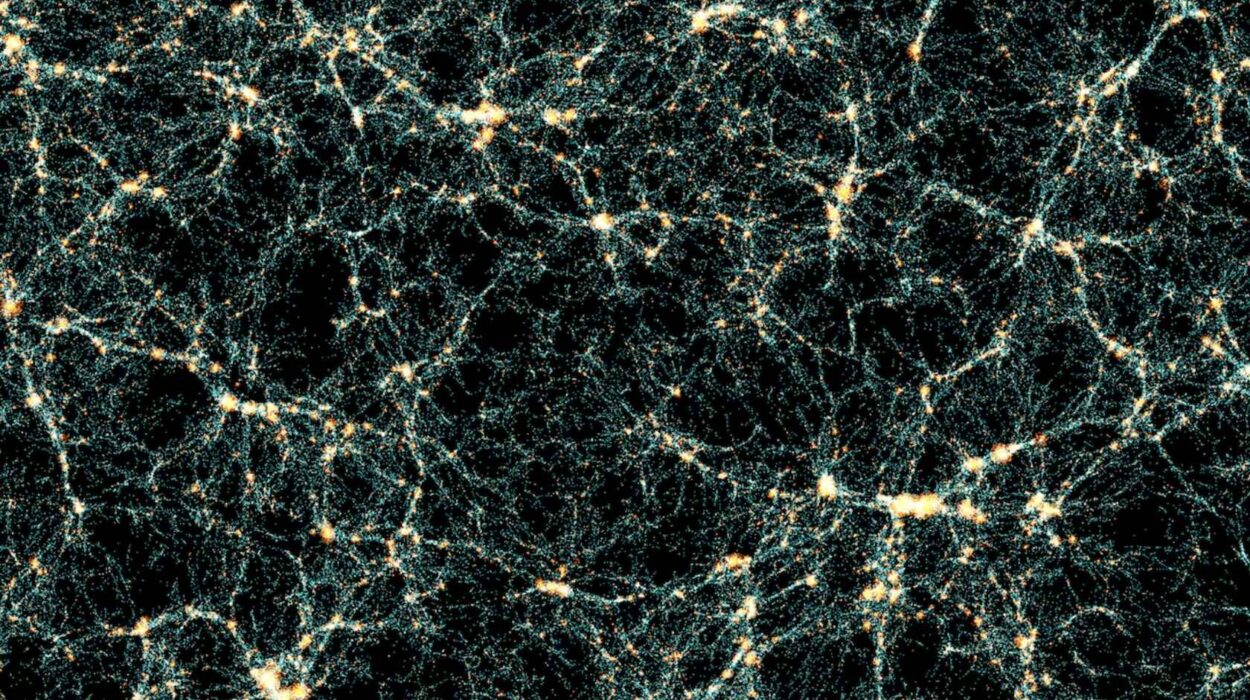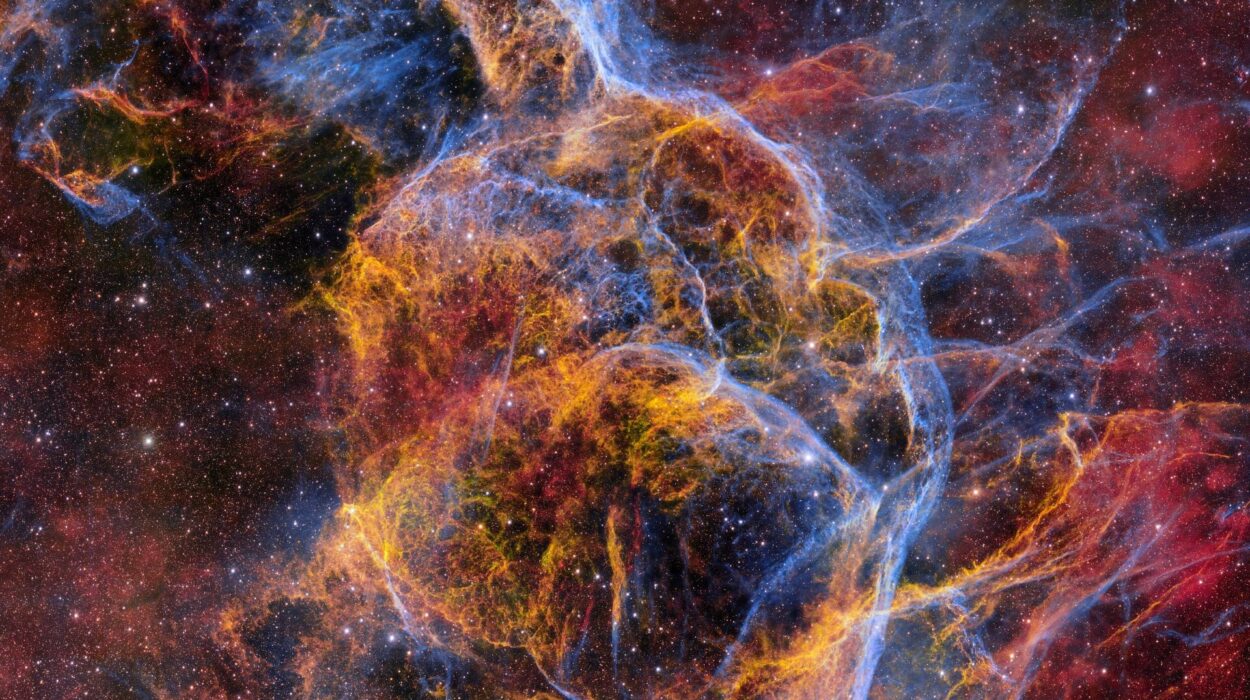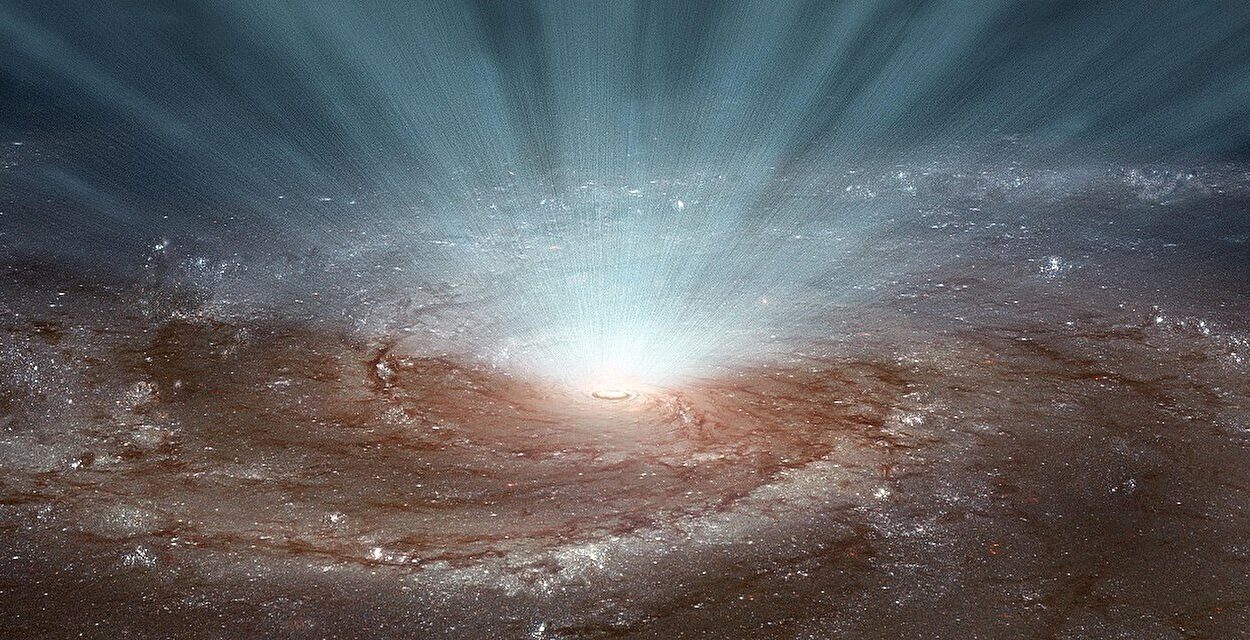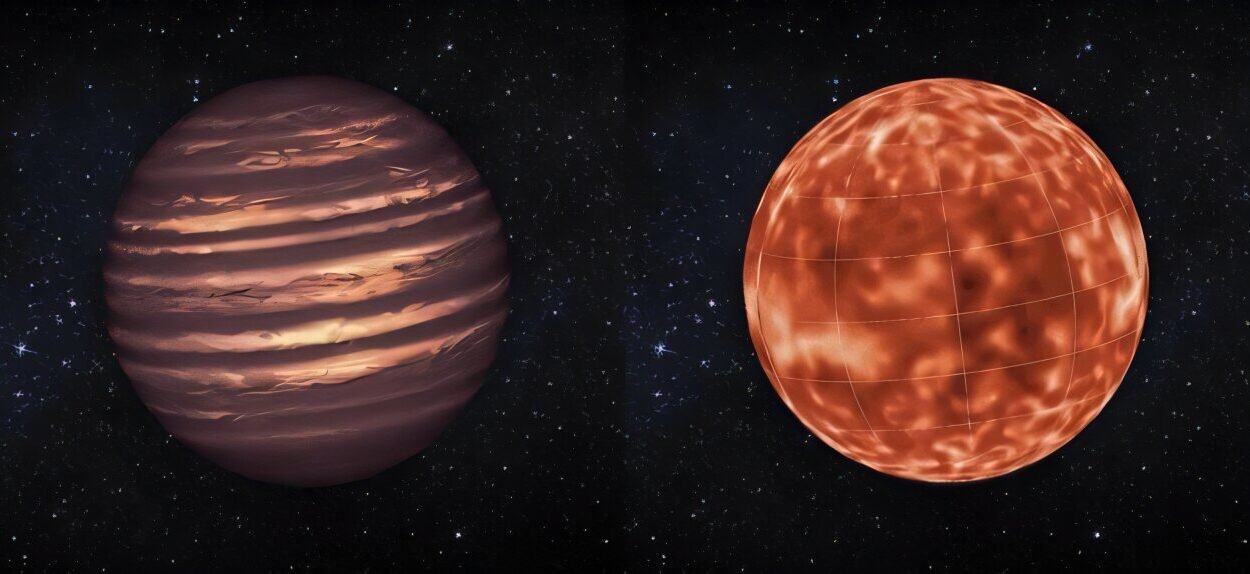Imagine a world so close to its star that entire oceans of rock melt into churning seas of lava. The sky shimmers with metallic vapors, and the ground glows like a furnace. Days are blisteringly hot, while nights remain forever in shadow because the planet is locked, moon-like, to its sun. These are not scenes from science fiction but real places in the cosmos—lava planets—and scientists are now closer than ever to understanding how these hellish worlds live, evolve, and perhaps even die.
A new study published today in Nature Astronomy, led by Charles-Édouard Boukaré, Assistant Professor of Physics and Astronomy at York University, introduces a powerful yet simple framework to describe how these planets change over time. For the first time, researchers can trace the intimate dance between a lava planet’s molten interior and its shimmering atmosphere—an interaction that may hold clues to how rocky planets everywhere, including Earth, are shaped.
“Lava planets are in such extreme orbital configurations that our knowledge of rocky planets in the solar system does not directly apply,” explains Boukaré. “This has left scientists uncertain about what to expect when observing them. Our simulations provide a conceptual framework for interpreting their evolution and offer scenarios to probe their internal dynamics and chemical changes over time.”
Worlds That Shouldn’t Exist—But Do
Lava planets challenge everything we think we know about terrestrial worlds. They are typically Earth- to super-Earth–sized, yet they orbit their stars in less than a single Earth day. That means they are so close that the intense stellar radiation bakes their surfaces to thousands of degrees, hot enough to melt silicate rock. Some planets even vaporize their crust into a thin, exotic atmosphere filled with rock-derived gases.
Because they are tidally locked, these planets never turn their faces away from their stars. One hemisphere is locked in a perpetual inferno, while the other remains cloaked in darkness. This stark contrast creates fierce winds and heat flows that could stir the planet’s molten seas like cosmic cauldrons.
For decades, astronomers have wondered: how do such planets evolve under these extreme conditions? Do their interiors remain molten forever, or do they eventually solidify like cooling embers? How do their atmospheres change as elements vaporize and escape into space? Until now, answers to these questions were mostly guesswork.
A Planetary Distillation Lab
Boukaré and his international team—including scientists from Canada, the UK, and France—combined insights from geophysical fluid mechanics, exoplanetary atmospheres, and mineralogy to create a conceptual model of lava planet evolution. The study describes these worlds as undergoing a process similar to distillation in a laboratory, only on a planetary scale.
When the surface of a lava planet melts or vaporizes, chemical elements such as magnesium, iron, silicon, oxygen, sodium, and potassium behave differently. Some prefer to stay in the vapor phase, others condense back into molten oceans or solidify as crust. Over billions of years, these interactions gradually strip certain elements from the atmosphere, while heat transport within the planet shifts its internal structure.
“Although these processes are greatly amplified in lava planets, they are fundamentally the same as those that shape rocky planets in our own solar system,” says Boukaré. “Studying them helps us understand planetary evolution on a much larger, more intense scale.”
Two Paths of Evolution
Using state-of-the-art simulations, the researchers predict that lava planets may follow two main evolutionary paths. Young planets likely start with fully molten interiors. In this stage, the atmosphere closely reflects the planet’s bulk composition because vigorous convection in the molten mantle transports heat and material efficiently across the entire surface—even the nightside remains scorching and geologically active.
As the planet ages, its interior cools and solidifies. The once-global magma ocean retreats to a shallow layer on the dayside only. Without the molten circulation, heat no longer moves efficiently to the nightside, and the atmosphere becomes depleted in volatile elements such as sodium, potassium, and iron. Essentially, the planet begins to distill itself, leaving behind an altered chemical fingerprint in its atmosphere.
“This distinction between young, molten planets and older, mostly solid planets could help us identify how long these exotic worlds have been simmering next to their stars,” explains Boukaré.
Preparing the James Webb Space Telescope to Listen
What began as a speculative investigation has blossomed into a new line of exoplanet research. The team’s predictions were compelling enough to secure 100 hours of observation time on NASA’s James Webb Space Telescope (JWST), led by co-author Prof. Lisa Dang of the University of Waterloo.
JWST’s cutting-edge infrared instruments are uniquely capable of detecting atmospheric signatures and surface conditions on distant lava planets. With a 6.5-meter mirror and unprecedented sensitivity, the telescope can measure subtle differences in the chemical composition of these worlds—testing whether a planet is young and molten or old and partially solidified.
“If we can observe and distinguish old lava planets from young lava planets, it would mark an important step toward moving beyond the traditional snapshot view of exoplanets,” says Boukaré. “We want to tell their full stories—to see how they change and interact with their stars over time.”
Unlocking the Secrets of Our Own Origins
While lava planets seem alien and hostile, studying them could answer fundamental questions about our own solar system’s history. Billions of years ago, Earth itself likely had magma oceans and dense, exotic atmospheres during its fiery youth. The same processes that sculpt today’s lava planets might have governed Earth’s chemical differentiation, crust formation, and even the emergence of conditions suitable for life.
By observing these extreme worlds orbiting other stars, astronomers gain a cosmic laboratory to witness planetary evolution in fast-forward. Each lava planet is like a time capsule, offering a glimpse into stages of planetary development we can no longer see on Earth or Venus.
As JWST prepares to peer into these molten realms, humanity stands on the edge of a profound discovery. Lava planets, once thought to be mere oddities, may soon reveal the universal rules that govern rocky worlds—and perhaps, the hidden pathways that lead a planet from fire and chaos toward stability, oceans, and life itself.
Reference: The role of interior dynamics and differentiation on the surface and in the atmosphere of lava planets, Nature Astronomy (2025). DOI: 10.1038/s41550-025-02617-4, www.nature.com/articles/s41550-025-02617-4
